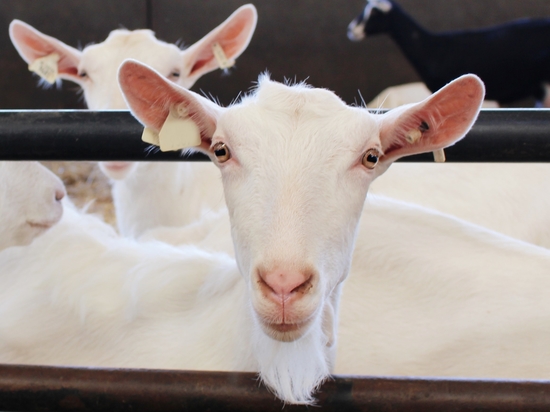
#Industry News
Three things to consider when prepping sheds for lambing
For many farmers who lamb indoors, prepping for this time includes transforming the lambing shed from whatever it is usually used for, into a space which is suitable for ewes and their newly born lambs.
As lambing season approaches, there are three key considerations to address, which will help ensure sheds are set up to create an environment which promotes healthy ewes and lambs.
1. What can you expect the weather to be like during lambing?
Weather is notoriously unpredictable but there are things which can be done ahead of lambing to give an indication of what may be expected. Check the long range forecast regularly to get an idea of whether conditions are likely to be milder or more severe than is typical for the time of year. Although it is not to be relied upon, it will provide a rough idea which will allow you to plan accordingly.
It can also be worth thinking back to last lambing season and whether there is anything which can be done differently to promote a better environment inside the lambing shed. Was rain or snow entering at one side? Was it damp inside? Were there a lot of cobwebs forming? If the answer to any of these questions is a ‘yes’, it is likely that the shed is either inadequately weatherproofed or ventilated, or in some cases both.
2. What conditions do ewes and lambs need for a successful lambing?
Ewes and lambs will thrive if conditions inside the lambing shed are warm and dry. Good ventilation helps achieve this as it allows bedding materials to remain dry and livestock to breathe fresh air, rather than air which has circulated repeatedly around the shed. This reduces the risk of respiratory disease spreading.
A thorough cleaning routine before bringing ewes in will also help set lambs up for success. This should involve cleaning out any material residues as well as washing and disinfecting all surfaces to kill any bugs which could cause disease in lambs.
3. How to prepare a ventilated and weatherproof space for lambing
It can be tempting to try to protect ewes and lambs from driving wind and rain by piling up straw bales along open sides to block-out the poor weather. However, this approach can lead to problems with ventilation, meaning conditions quickly become damp as the air flow has been blocked.
Temporary and semi-permanent solutions like clip-on mesh screens, are a cost-effective way to create a comfortable environment inside the shed. The holes in the mesh allow fresh air to flow into the shed, while the screen acts as a windbreak and prevents the worst of any rain or snow entering. This helps to keep conditions warm and bedding dry. Rollerscreens can be used in a similar way, except rather than putting them up and down each year, they can be installed and then the mesh screen rolled down as required.
The impact of getting ventilation and weatherproofing right is ewes are giving birth in a comfortable environment. Young lambs are kept warm and breathe fresh air which reduces their risk of succumbing to disease. In turn, this gives them a good start which contributes to achieving high growth rates both pre and post weaning. Ultimately, a successful lambing paves the way to a profitable flock.






